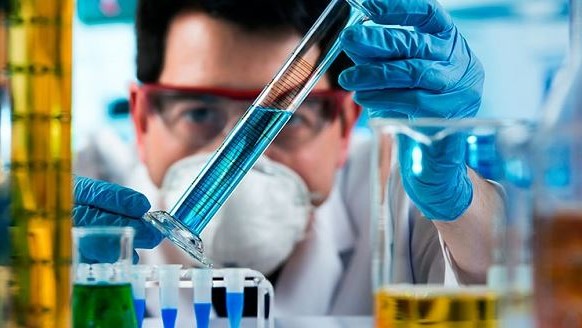Researchers devised a revolutionary new method to combat plastic pollution by harnessing the inner workings of proteins
Engineers from the Federal Polytechnic School of Lausanne (EPFL) in Switzerland created a new method for recycling plastic by harnessing the inner workings of proteins.
Francesco Stellacci, professor and director of the Laboratory of Nanomaterials and Supramolecular Interfaces of the School of Engineering of the EPFL (École Polytechnique Fédérale de Lausanne), and Professor Sebastian J. Maerkl, of the Institute of Bioengineering of the EPFL, decided to co-advise to a PhD student, Simone Giaveri, and the team has published their research in Advanced Materials.
The engineers decided to come up with a completely new approach to recycling plastics. “When we use biodegradable plastics, the degradation process leaves residues that must be stored or buried. The more land is allocated for this, the less land available for agriculture, and there are environmental consequences to take into account, since the products of biodegradation necessarily change the ecosystem of the area ”, said Stellacci.
How does the new approach to plastic recycling work?
Proteins are one of the main organic compounds our world is made of and, like DNA, they are part of the polymer family; Proteins are long chains of molecules, or monomers, known as amino acids, the researchers explained in a report published in Science Daily’s “Advanced Materials” journal.
“A protein is like a pearl necklace, where each pearl is an amino acid. Each pearl has a different color, and the sequence of colors determines the structure of the chain and, consequently, its properties. In nature, protein chains break into the amino acids that compose them and cells put these amino acids back together to form new proteins, that is, they create new pearl strings with a different color sequence ”, Giaveri pointed out.
In this way, the connection to plastic recycling seemed obvious to them. They considered that because both compounds are polymers, the mechanisms that occur naturally in proteins could also apply to plastics.
The team initially tried to replicate this natural cycle, outside of living organisms. “We select proteins and divide them into amino acids. We then put the amino acids into a cell-free biological system, which reassembled the amino acids into new proteins with totally different structures and applications, ”said Giaveri.
Finally, Giaveri and Stellacci managed to transform silk into a protein used in biomedical technology. “Most importantly, when proteins are broken down and assembled in this way, the quality of the proteins produced is exactly the same as that of a newly synthesized protein. In fact, something new is being built, ”said Stellacci.

